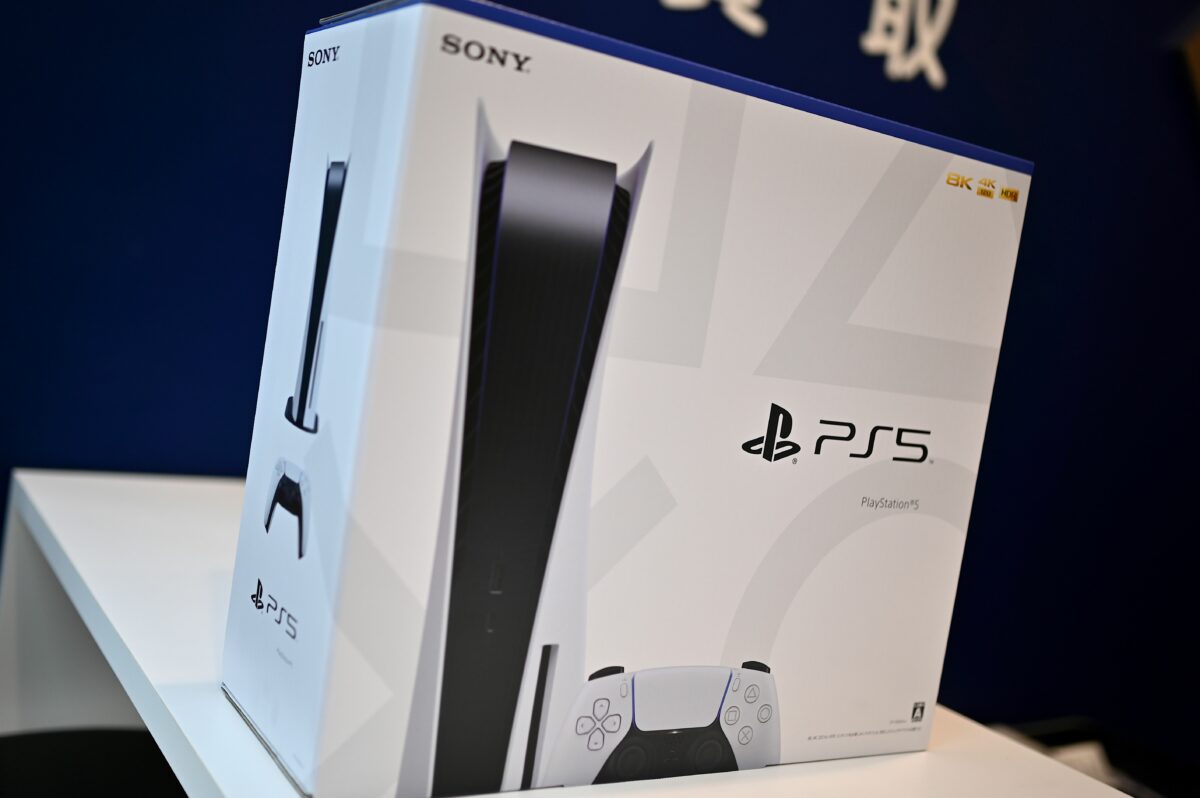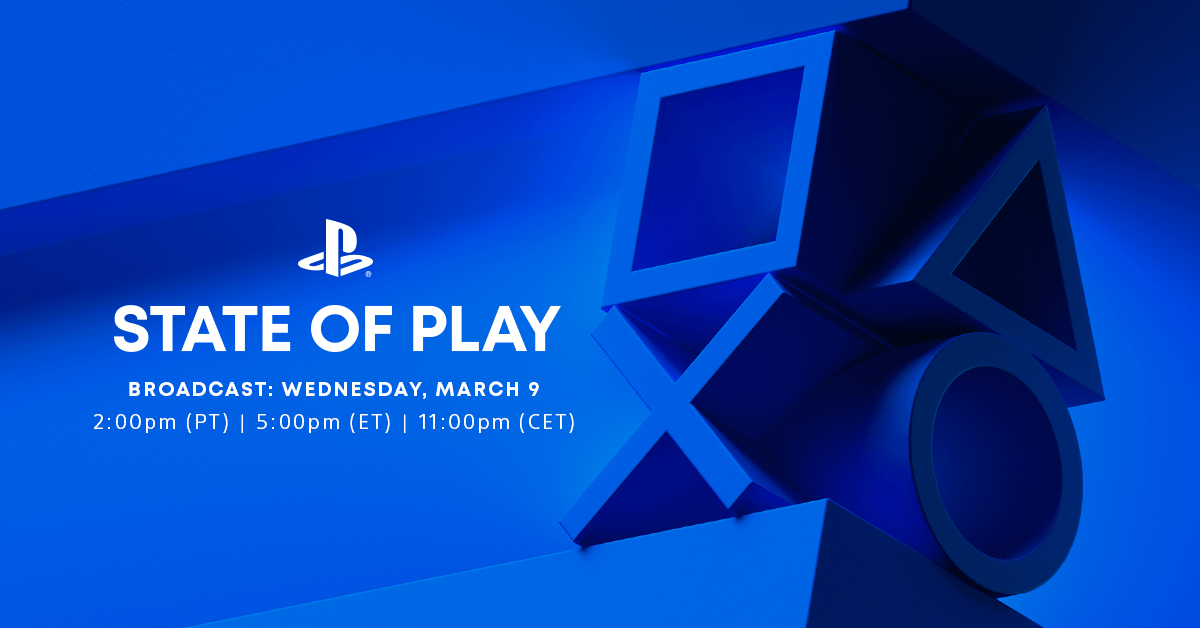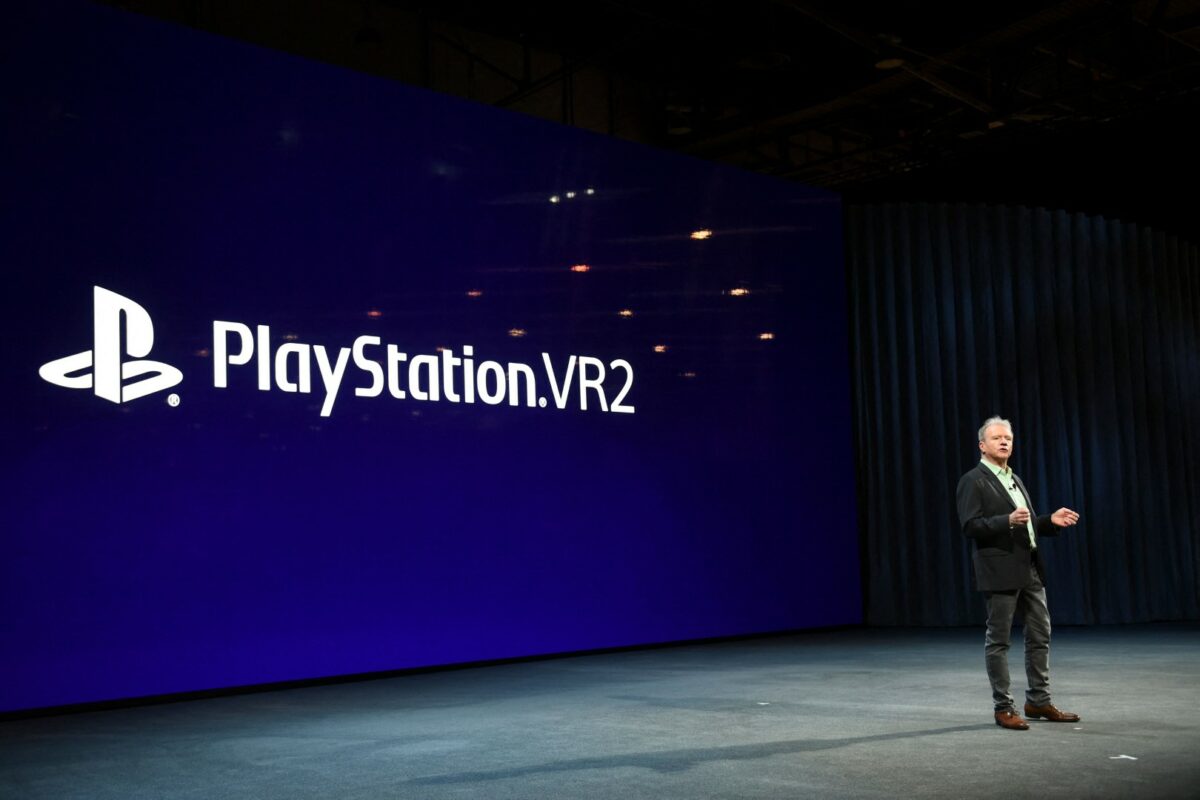PlayStation officially revealed the long-rumored PlayStation 5 Pro on Tuesday in a technical presentation hosted by Mark Cerny.
What’s the difference between the base PS5 and PS5 Pro, how much does it cost, and is it really worth it as a mid-generation upgrade? Let’s go over the details.
What is PS5 Pro?
PlayStation has had success in the past with mid-generation console updates, from the PSOne relaunch to the slim models of the PS2. In 2016, Sony targeted graphics enthusiasts with the launch of the PlayStation 4 Pro with an improved GPU and CPU that noticeably helped with performance as the previous generation came to a close.
In 2024, we have the PlayStation 5 Pro. It’s a revamped model of the PlayStation 5 that features what Mark Cerny called “The Big Three.”
- Larger GPU
- Advanced Ray Tracing
- AI-Driven Upscaling
According to the presentation, the PS5 Pro GPU is “much larger,” with 67 percent more compute units and 28 percent faster RAM, leading to what Sony claims is 45% faster rendering.
Ray tracing has been “streamlined,” which “allows calculation of the rays at double or even triple the speeds of PlayStation 5.”
Finally, the PS5 Pro includes “custom hardware for machine learning” which “boosts the effect of resolution of the games.”
Cerny highlighted a key choice that many gamers face in 2024 when playing on any console – choosing the right graphics option. Most graphics-intensive games come with an option to favor performance, which lowers graphical detail or resolution in order to hit a frame-rate target, or to favor fidelity, which delivers gamers the highest graphical detail at the cost of frame-rate.
The aim of the PS5 Pro, according to Cerny, is to eliminate that choice, and allow players to experience graphics in all their glory while still maintaining at least 60 frames per second.
How much does PS5 Pro cost?
This one is a bit of a shocker. The PS5 Pro will retail for $699.99 in the United States.
For the sake of comparison, the base PS4 launched at $399.99, and the PS4 Pro also launched at $399.
What is the PS5 Pro launch date?
The PlayStation 5 Pro will be available on November 7, 2024.
What games will be upgraded by the PS5 Pro?
Many games were showcased running at a higher frame-rate or with enhanced graphical fidelity in the technical presentation, including:
- Spider-Man 2
- The Last of Us Part II
- Hogwarts Legacy
- Ratchet & Clank: Rift Apart
- Gran Turismo 7
- Horizon Forbidden West
While it remains to be seen if developers will go back and patch games to take advantage of the PS5 Pro specifically – with a PS5 Pro graphics option or something similar – in theory the full catalog of games should be able to take advantage of the increased processing power and rendering speed.
On the PlayStation Blog, it’s confirmed that thousands of PS4 games may also see improved performance:
“Other enhancements include PS5 Pro Game Boost, which can apply to more than 8,500 backward compatible PS4 games playable on PS5 Pro. This feature may stabilize or improve the performance of supported PS4 and PS5 games. Enhanced Image Quality for PS4 games is also available to improve the resolution on select PS4 games.”
Does the PS5 Pro have a disc drive?
No, the PS5 Pro does not include a disc drive. You can attach a disc drive, sold separately, which currently costs $80.
How big is the PS5 Pro hard drive?
The PS5 Pro includes a 2 terabyte solid-state drive.
Is the PS5 Pro worth it?
That’s the big question!
The PS5 Pro is very much a console targeted at enthusiasts – the type of gamers who complain that a game is unplayable at frame-rates below 60 frames per second.
I’d advise you to watch through the technical presentation, where Cerny highlights the differences between games running on a base PS5 and a PS5 Pro. Cerny highlighted the parade scene from Ratchet & Clank: Rift Apart as one of his “favorites.”
I wouldn’t blame you for saying that’s the same screenshot on both sides. When zoomed in, it’s a little easier to tell that the PS5 Pro includes clearer details in the background.
This is the sort of upgrade that’s hard to convey to potential customers in a YouTube video they’re probably watching on phones. If you were to be in-game on a 60-inch 4K television, it’s likely more noticeable.
Game fluidity is perhaps the bigger upgrade, and one that would be noticeable when you’re playing – but again, this comes down to your own personal standards.
Are you jarred out of immersion when your action game momentarily dips from its FPS target in a busy scene? If so, the PS5 Pro might be for you if you’ve got an extra $700. Have you never even noticed that happening before? The PS5 is probably fine for you.
There are some other factors to acknowledge, many of which have nothing to do with Sony or PlayStation. A PS5 Pro still costs less than half of what some top-tier PC GPUs cost, so PC gamers may have less of a sticker shock at $699.
The bigger issue, though, is with third-party games. While I have no doubt that PlayStation’s stable of studios will continue to create graphical powerhouses that utilize the power of PS5 Pro, the reality is that gamers spend most of their time playing third-party games like Call of Duty, Madden, FIFA and Fortnite.
In 2024, most major multiplatform games are built to run on a variety of consoles, none of which are as powerful as the PS5 Pro. As long as the Xbox Series S exists in the current generation, we likely aren’t going to see third-party games swing for the fences graphically – because while that might be able to run on PS5 Pro, developers have to make sure their games run on everything.
Finally, customers will have to consider just how long they believe this generation will go on for. The PS5 came out in late 2020 and is approaching its fourth birthday. If this generation stretches on another four years, the PS5 Pro could be a worthy investment for PlayStation’s first-party games alone. If we get a PS6 by 2026? Not so much.







 PS5 turns one today
PS5 turns one today 




 XBOX & PLAYSTATION – DEC 14, 2021
XBOX & PLAYSTATION – DEC 14, 2021  more info:
more info:  (@AmongUsGame)
(@AmongUsGame)